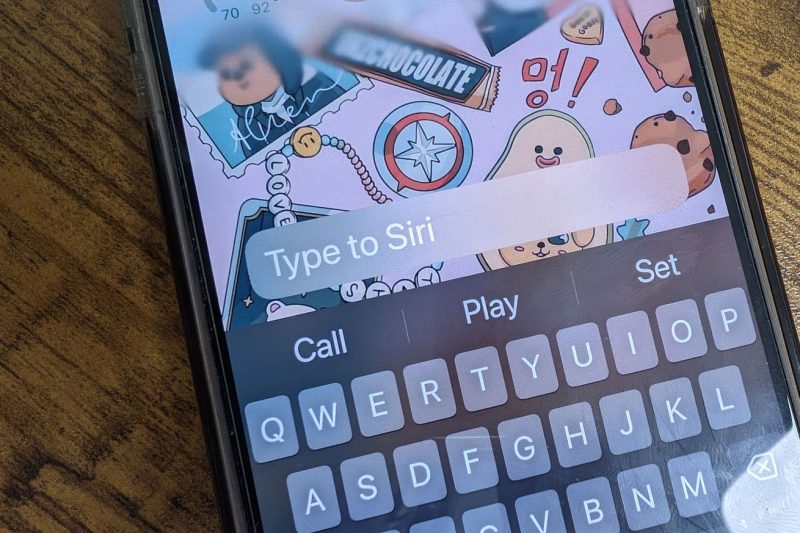In today’s fast-paced world, the way we interact with technology is constantly evolving. With the rise of artificial intelligence (AI), our daily interactions with devices and applications have become more seamless and intuitive. One emerging trend that is gaining popularity is typing to AI assistants.
Typing to AI assistants offers a new level of convenience and efficiency in our digital interactions. Instead of having to navigate through voice commands or complex interfaces, users can simply type their queries or commands directly to the AI assistant, whether it’s on a smartphone, computer, or other devices.
One of the key advantages of typing to AI assistants is the greater accuracy and privacy it offers. Voice commands can sometimes be misinterpreted by the AI assistant, leading to frustration and inefficiency. Typing eliminates this margin of error, ensuring that the AI assistant accurately understands the user’s input.
Moreover, typing to AI assistants can also be a more discreet way to interact with technology, especially in public or noisy environments where speaking out loud may not be ideal. Users can simply type their requests without drawing attention to themselves, offering a level of privacy and convenience that voice commands may not provide.
Additionally, typing to AI assistants can be a more inclusive option for users with speech impediments or language barriers. Typing allows individuals who may have difficulty communicating verbally to still access the benefits of AI technology, opening up new possibilities for diverse user experiences.
Despite these advantages, typing to AI assistants is not without its challenges. The lack of natural language processing in typing interactions can sometimes lead to misunderstandings or limitations in the types of queries users can make. Voice commands, on the other hand, often offer more flexibility and context in understanding user intent.
In conclusion, typing to AI assistants represents a promising and user-friendly way to interact with technology. Its benefits in terms of accuracy, privacy, inclusivity, and convenience make it a compelling option for users looking to streamline their digital interactions. As AI technology continues to advance, typing to AI assistants may indeed be the way forward in enhancing our everyday interactions with technology.

